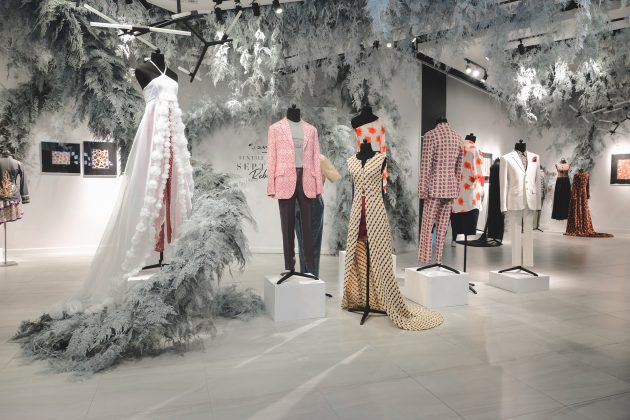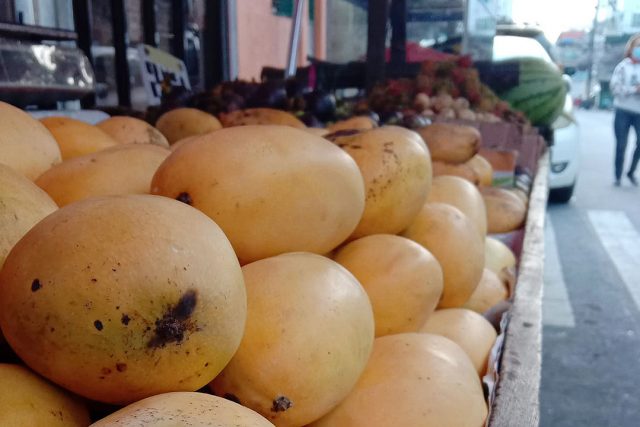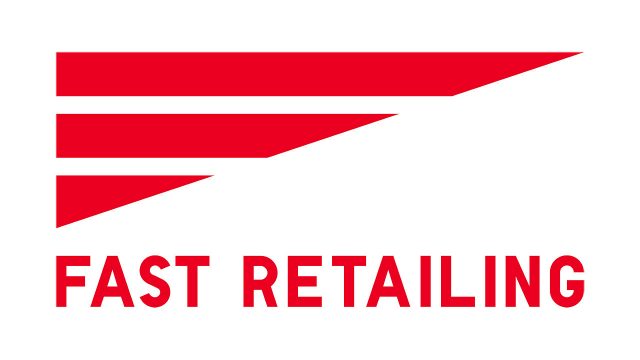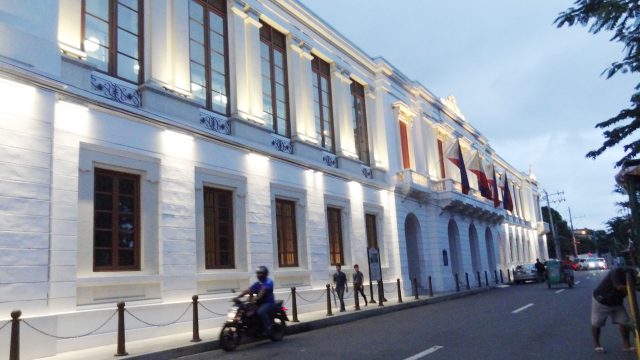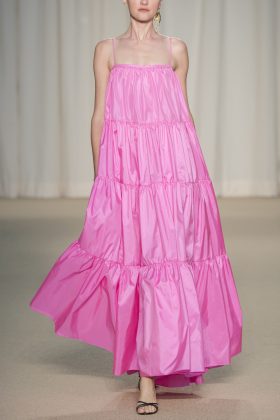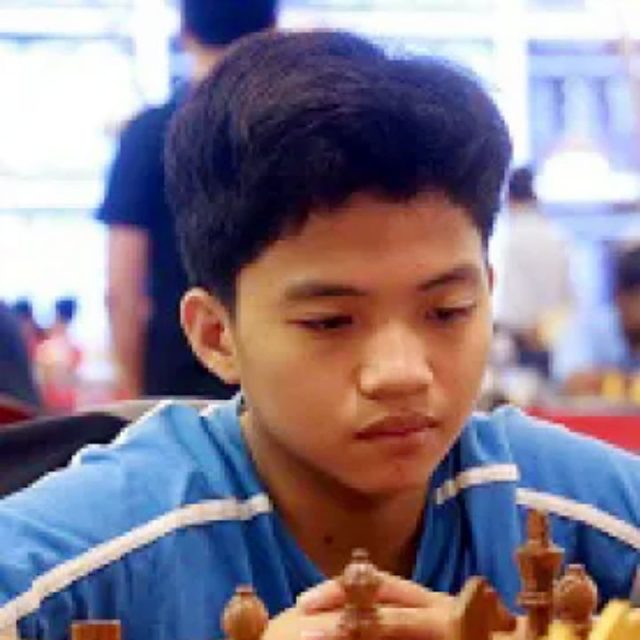BEFORE becoming known as a painter of landscapes, seascapes, and florals, Juvenal Sansó designed patterns and prints for fabric. Decades after he created them, these prints have come to life on contemporary couture pieces.
Manila-based couture label Septième Rebelle and Fundacion Sansó collaborate on “Sansó Textile Designs X Septième Rebelle: A Fashion and Art Exhibit”, presented at Galerie Joaquin in One Bonifacio High Street Mall in Bonifacio Global City.
Fundacion Sansó is a non-stock, non-profit organization created to preserve, conserve, and promote Mr. Sansó’s artistic legacy.
“The collaboration started when we started activating the lesser-known bodies of work of Mr. Sansó,” Fundacion Sansó director Ricky Francisco told BusinessWorld in a joint Zoom interview with Septième Rebelle founder Robert Bjorn O. Santos.
“Not many people know he was also a very prolific textile designer,” Mr. Francisco said.
EARNING A LIVING
The 92-year-old Spanish-born Filipino painter worked on textile designs while he was a student at the École Nationale des Beaux Artes in Paris, France. This was his way of supporting himself when the Philippine Central Bank had set caps on the financial support that could be sent by his father from Manila.
“When [Mr. Sansó] went to Paris in 1951, he had to make money because there was a rule back then, after the Second World War, that only $150 can be brought out of the Philippines at any given time. His family could only send [him] $150 to live in Paris,” Mr. Francisco explained.
While in Paris, Mr. Sansó met some people who connected him with textile designers in Paris and to fashion houses. He created textile designs for them from the 1950s to the ’60s.
“The textile design enabled him to meet people like (Italian fashion designer) Elsa Schiaparelli, who introduced him to the owner of the gallery in Paris who gave him his first solo exhibition as a painter,” Mr. Francisco said. “It also enabled him to meet Gian Carlo Menotti, the (Italian-American) director and composer who gave him his first opera break (as a costume designer) at the Festival of Two Worlds in Spoleto, Italy in the late 1960s.”
Mr. Sansó’s hand-painted textile designs included florals and foliage, as well as geometric shapes and abstract patterns. The House of Balenciaga was his biggest client.
USING THE PRINTS
Fashion designer and founder of Septième Rebelle, Robert Bjorn O. Santos, pursued design courses in the Istituto Marangoni-Paris, London College of Fashion, and Central Saint Martins. He has a personal preference for asymmetric details, diagonal cuts and slashes. Mr. Santos balanced these details with the aesthetic of the 1950s and 1960s of Mr. Sansó’s textile patterns.
Prior to finishing 38 looks for the exhibition, the team went through almost 200 of Sansó’s textile designs.
“We had to choose the designs that were really representative of Mr. Sansó’s work… It has to have a good representation of each of the genres that he is capable of doing,” Mr. Santos said. “So, when we finally settled on the designs, I had to look for fabrics that would mimic how these textile designs look like.”
For the exhibit, Mr. Sansó’s hand-painted original designs on fabric were digitally printed and clothes using the printed fabric were produced.
In the exhibition are 38 looks which are divided based on color palette, and these are juxtaposed the actual paintings of Sansó. Limited edition Septième Rebelle embroidered bags with patterns inspired by the textile designs are also on display.
“I basically combined a printed piece of clothing with something with more solid colors, just to balance it out. I [also] used a lot of different materials, different trims to make the finishing of clothes more presentable,” Mr. Santos said, adding that he also used beadwork, applique, and ribbon trims in the pieces, which is uncommon for his designs.
“We can live without those [details], however, I felt it would be more of an homage to the artist if we exerted more effort in making some things more beautiful,” he said.
“When people say Sansó, they think of Brittany [in France] or flowers,” Mr. Francisco said. “We wanted to show that he had the journey before he reached the success, and that he was able to do a lot of things.”
“Sansó Textile Designs X Septième Rebelle: A Fashion and Art Exhibit” is on view until Dec. 20, at Galerie Joaquin, One Bonifacio High Street Mall in BGC, Taguig City. The collection is also part of fundraising efforts in partnership with Fundacion Sansó. Follow @fundacion_sanso and @septiemerebelle on Instagram. — Michelle Anne P. Soliman



